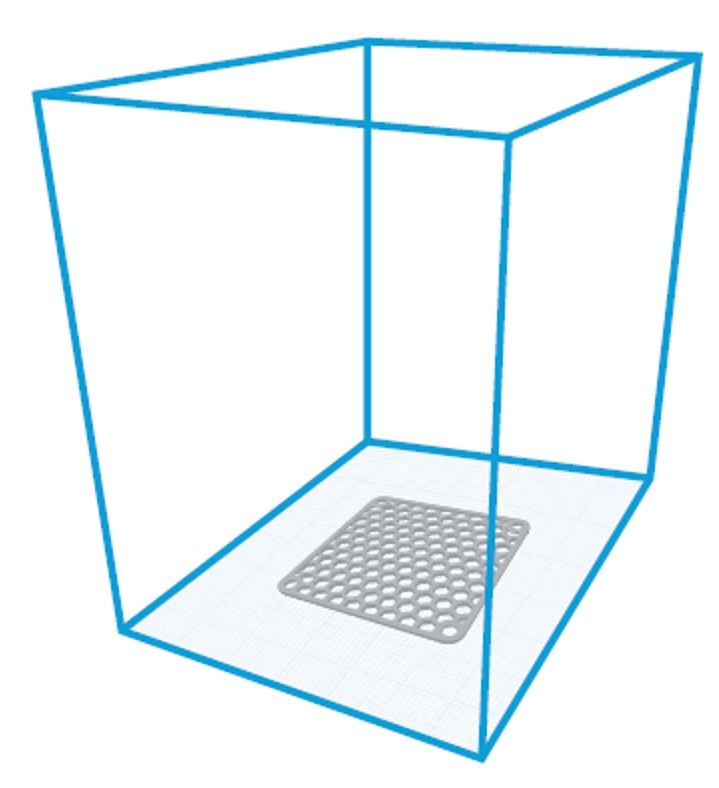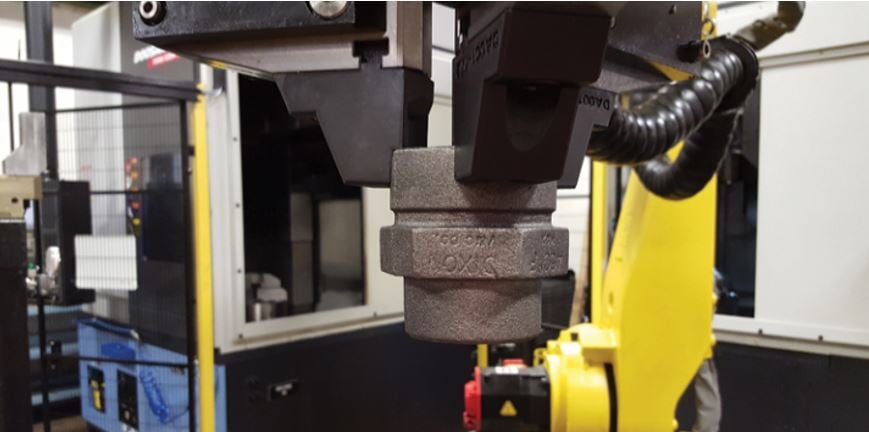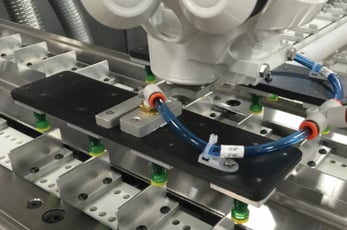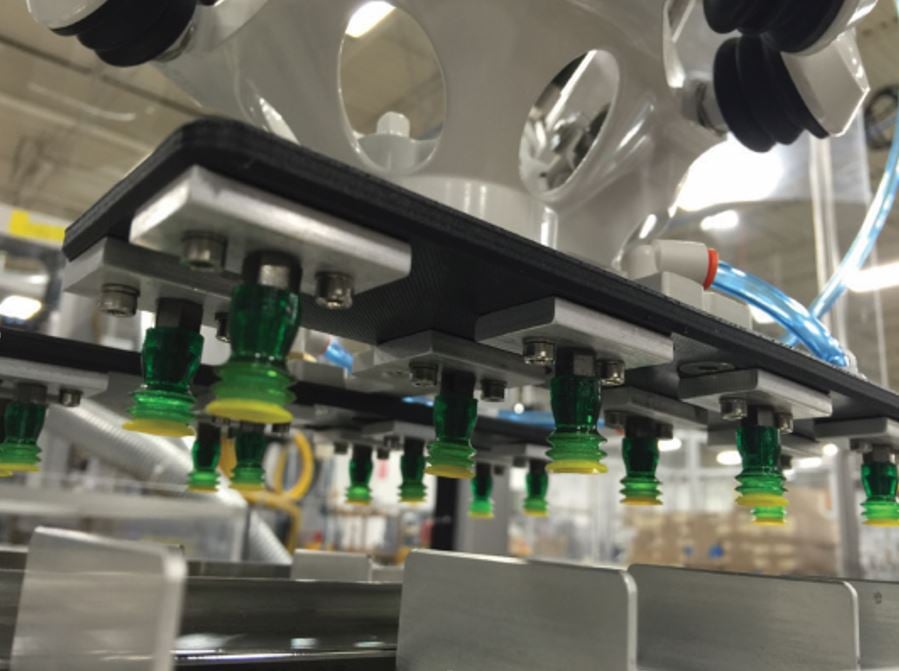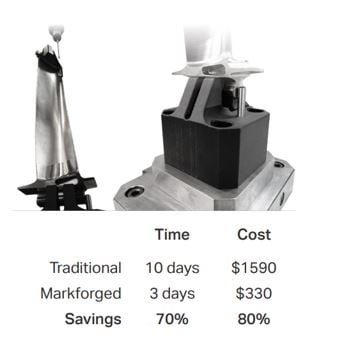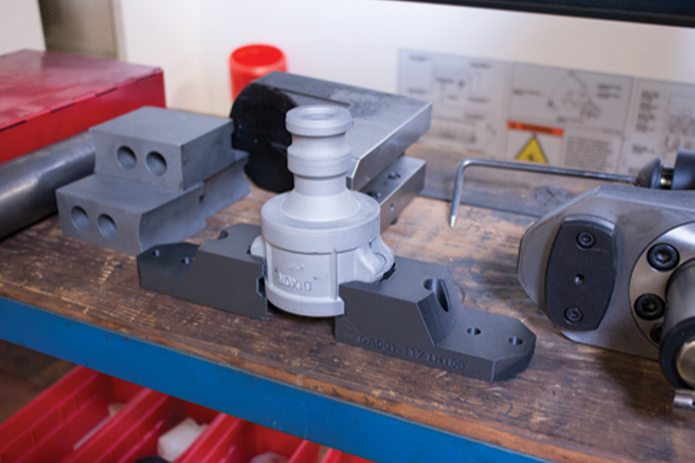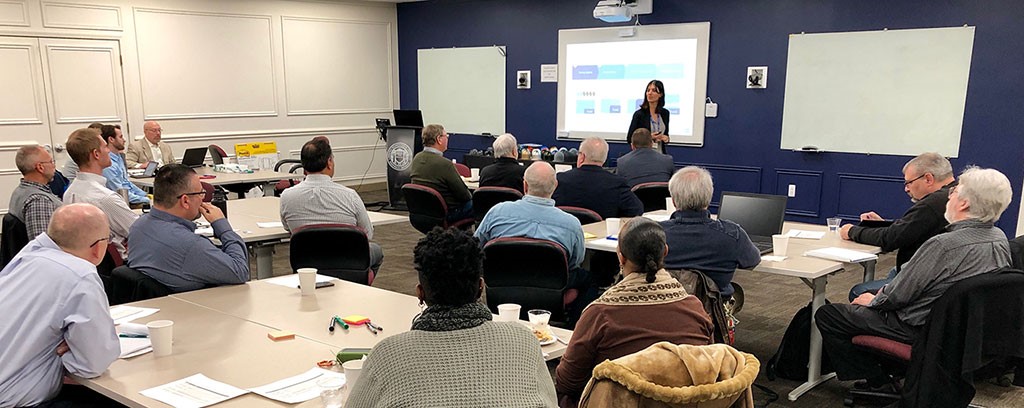As additive manufacturing technologies have advanced, 3D printed parts have moved decidedly outside the Research and Development arena and onto the production line. These pivotal processes are developing and producing concepts previously unattainable in the manufacturing world.
Entrepreneurs to Fortune 500 companies and large OEM’s have embraced the advanced enterprise of 3D printing to meet their tough performance standards and requirements. As companies have designed for additive manufacturing and utilized it as a compliment to traditional manufacturing, new applications have come to the scene and changed what’s possible.
There are four industries in particular where the amazing capabilities of additive manufacturing have transformed production:
1. Aerospace
Aerospace companies were some of the first to adopt additive manufacturing. Some of the toughest industry performance standards exist in this realm, requiring parts to hold up in harsh conditions. Engineers designing and manufacturing for commercial and military aerospace platforms need flight-worthy components made from high-performance materials.
Common applications include environmental control systems (ECS) ducting, custom cosmetic aircraft interior components, rocket engines components, combustor liners, tooling for composites, oil and fuel tanks and UAV components.
3D printing delivers complex, consolidated parts with high strength. Less material and consolidated designs result in overall weight reduction – one of the most important factors in manufacturing for aerospace.
2. Medical
The rapidly innovating medical industry is utilizing additive manufacturing solutions to deliver breakthroughs to doctors, patients and research institutions. Medical manufacturers are utilizing the wide range of high-strength and biocompatible 3D printing materials, from rigid to flexible and opaque to transparent, to customize designs like never before.
From functional prototypes and true-to-life anatomical models to surgical grade components, additive manufacturing is opening the door to unforeseen advancements for life-saving devices. Some applications shaking up the medical industry are orthopedic implant devices, dental devices, pre-surgery models from CT scans, custom saw and drill guides, enclosures and specialized instrumentation.
3. Energy
Success in the energy sector hinges on the ability to quickly develop tailored, mission-critical components that can withstand extreme conditions. Additive manufacturing’s advancements in producing efficient, on-demand, lightweight components and environmentally friendly materials provides answers for diverse requirements and field functions.
Some key applications that have emerged from the gas, oil and energy industries include rotors, stators, turbine nozzles, down-hole tool components and models, fluid/water flow analysis, flow meter parts, mud motor models, pressure gauge pieces, control-valve components and pump manifolds.
4. Consumer Products
For designers, graphic artists and marketing teams, the time it takes to form an idea and deliver it to the market is everything. Part of that time is simulating the look and feel of the final product during design reviews to prove ideas to key stakeholders. Consumer product manufacturers have embraced 3D printing to help develop iterations and quickly adjust design.
3D printing is great for producing detailed consumer electronics early in the product development life cycle with realistic aesthetics and functionality. Sporting goods have benefited from early iterations delivered quickly and with fine details. Other successful applications include entertainment props and costumes, lightweight models and sets, and finely detailed architectural models.
As 3D printing technology advances in speed and build volume, more consumer products may turn to additive manufacturing for their large volume demands.




